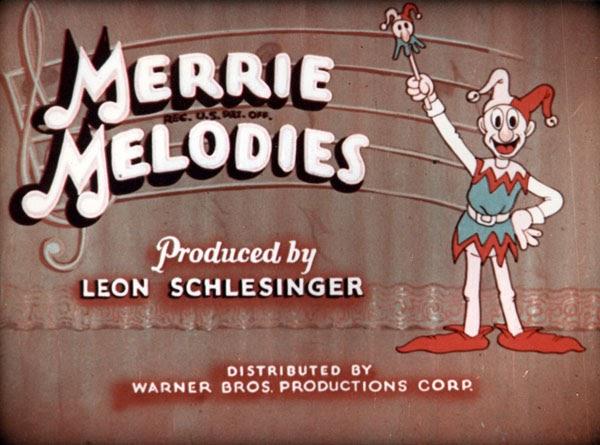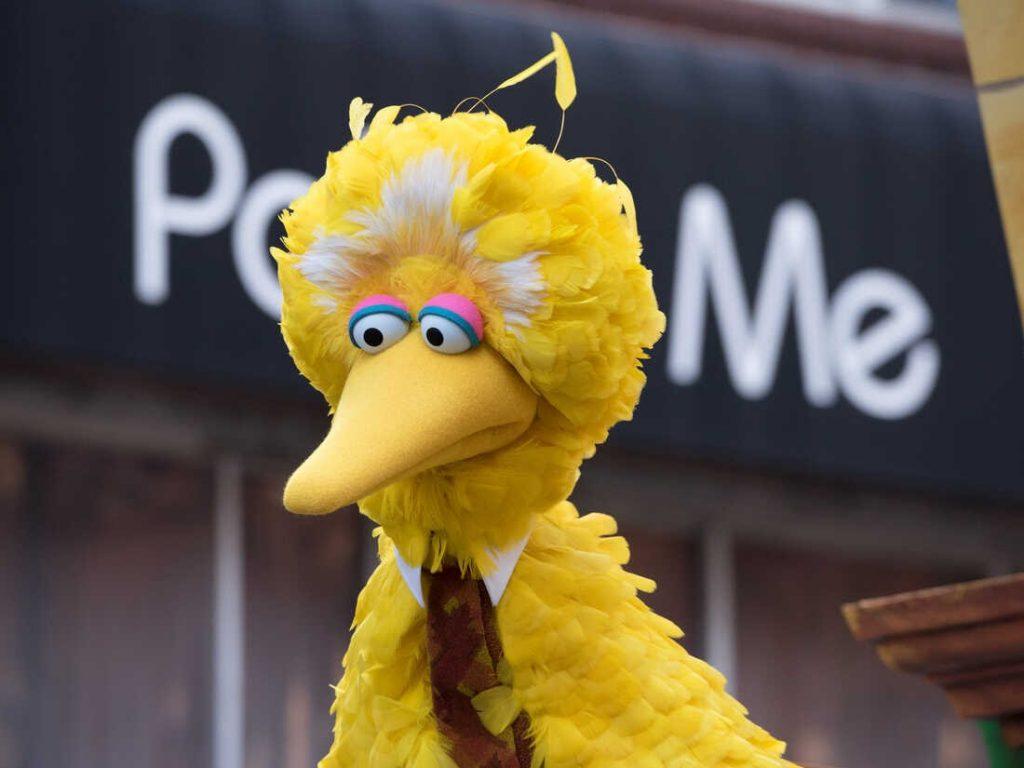It was a pleasure to burn.
Ray Bradbury, Fahrenheit 451 (1953)
The American Culture Wars descended one more circle of the neofascist purgatory, when one Christian warrior accosted a puppet from Sesame Street, the long-running children’s television program. It would be difficult to find a more unlikely target of political venom than Big Bird, the gawky, empathic character from the earnest, didactic PBS series. But this is the work of Senator Ted Cruz of Texas, who has, in permanent marker, drawn himself in the style of caricature and thus become the Elmer Fudd of the insurrection set.
Cruz attacked Big Bird for their recent ‘vaccination’ against Covid-19, which Big Bird ‘took’ to ease the worry of the millions of American children who would begin to receive their first doses of the scaled-for-pint-sizing Pfizer vaccine. The animated Twitterverse flocked to its feathery friend’s defense and created a fictional, character-driven election campaign against Cruz. In the real world, in actual clinics around the country, parents held their kids tight and braced them for courage and wept with complex emotion, of loss and joy and relief of worry. The nurses who tended to those teary parents and grimacing children rapidly covered the quick pricks with bright graphic bandages of polka dots and Marvel Heroes.
The promise of widespread vaccination in children means a multitude of things in the struggle to contain the global pandemic. It means fewer ICU beds taken with Covid patients, a retreat from crisis standards of care in hospitals. It means returning to a more normal workplace and therefore a stronger economic recovery. For kids, it means taking back a rosy image of what we usually think of as childhood rites: birthday parties and sleepovers, summer camp and playdates and letting go of germ-spreading anxiety and depressive isolation. It might one day mean a maskless classroom and playing sports without worry and reviving the once common notion that a cough is just a cough, even around Grandma and Grandpa.
It’s a cartoon. Relax.
Meme posted by Representative Paul Gosar of Arizona, November 2021.

Jake Angeli, AKA Jacob Chansley, AKA the QANON Shaman, at the Capitol Insurrection on January 6, 2021.
Win McNameee/Getty Images.
Jacob Chansley, AKA Jake Angeli, appearing in court for sentencing. Courtroom sketch Maggie Keane,
November 17, 2021. Photo Thomas Hawthorne, The Republic.
The political sequence that began with Ted Cruz attacking Big Bird continued with Arizona Congressman Paul Gosar posting an anime-style video showing himself beheading fellow Representative Alexandria Ocasio-Cortez and assaulting the President of the United States with swords. The third act would seem to be the final one for the most cartoonish of the January 6 insurrectionists, who appeared via video in the Sandra Day O’Connor Courthouse in Phoenix for sentencing, sans Viking horns and facepaint.
But the lineup never ends, it seems, and has now set up franchise in School Board meetings across America, where the novel Beloved has become a flashpoint, most pointedly in Fairfax County, Virginia. Fragile members of the community, who have certainly not read the complex and haunting book, nevertheless feel entitled to be traumatized by it and demand that the book be banned and, by some nice white parents, burned. Then candidate, now Virginia Governor-Elect Glenn Youngkin, turned Morrison’s ghost story about slavery and the Reconstruction into a very clever red herring for his political campaign, broadcasting this very rough rendition of what the right understands as “critical race theory,” the latest imaginary monster hiding in the toy chest, threatening their children’s sense of historical self-esteem.
You don’t have to burn books to destroy a culture. You just have to get people to stop reading them.
Ray Bradbury, Fahrenheit 451 (1953)
Youngkin won his contest, in large part by trading in such daft canards. In the meantime, his campaign has incited parents who also trade in such reductions and lack of understanding, fueling a parents’ rights movement that is white supremacy scarcely veiled. Some of those same parents, having read just the right-wing Cliff Notes version of whatever it is they oppose, in Virginia and elsewhere, have turned up in threatening numbers to School Board meetings, insisting that their children’s curriculum be scrubbed of any material that makes anyone white feel uncomfortable, ever or in any way. Their actions have prompted teachers to be fired, superintendents to resign, and the children of said teachers and administrators to be stalked, their houses vandalized, their spouses threatened with abuse, on the internet and in real life.
It’s been quite a month for those fighting the holy culture wars. Like an old Flintstones episode, their battle scenes take place before animated backdrops, where the scenery appears on endless loop. It’s likewise hard to overlook the one dimensionality of the characters and the crudeness of the plotlines. The KellyAnne Conways and Kayleigh McEnanies of the right-wing narrative apparatus have been hard at work, for quite a little while now, prepping hearts and minds for such spare and reductive stories, pretexts for alternative facts and outright propaganda. Bedtime stories full of pale-complected good guys and dark-skinned bad guys, rough justice and redemption just-around-the-corner. The final chapter’s clash between the saved and the damned holds no suspense. For how that story ends, the fix is in.
It has just come to light, in the aftermath of the Kyle Rittenhouse verdict, that Tucker Carlson funded a film crew to embed with the defense team, even as the trial was in process. The crowdfunding that paid for Rittenhouse’s hyper-vetted, top-drawer representation is also paying for the documentary, and those pulling the purse strings also apparently called some of the shots for the defense attorneys. Whether those shots came from a gun or a camera or a fiery cross-examination may become a matter of some interpretation. In a not so surprising development, Rittenhouse will appear on the Tucker Carlson show for his first post-verdict interview. Stay (Looney) Tuned for the (Fake) News at 11.
The same weeks that saw the proliferation of Looney Tunes also saw the messy, contested fruition of two infrastructure bills in Congress, intensely negotiated, revised, and rewritten by the Democratic caucuses of the House and Senate. Many have criticized the Democratic party for not telling the story of infrastructure very well. For them, facts and details come first, the narrative arcs settle into shape later. The inverse is true for the cartoon set, for whom the story always comes first, the facts trail in at a leisurely pace, without ruffling the contour of the story. The stories of infrastructure have yet to achieve their exact shapes, for they are still emerging, their plotlines still getting workshopped.
But we do get a glimpse of the narrative elements, and they are powerful. The bills will modernize our schools and reinvent public transportation for a new urban generation. They will democratize Broadband and expand internet access to rural areas and to poor and urban neighborhoods, which the pandemic has exposed as underserved in the starkest terms. They will rebuild deteriorating roads and dangerous bridges and forge a path for greener energy sources, retooling a generation of workers with new skills and practices. They will create economy-charging numbers of jobs and thereby take us out of pandemic recession and reimagine the American working class. All the while we’ve been watching cartoons, we also saw an already significant drop in rates of unemployment as well as the slow but certain recovery of the Covid-broken supply chain, which will be healthy enough by Christmas to deck the shelves of Target and Walmart with legos and plushies and Pokémon.
Together, the bills address the midnight panics of many working parents whose children rely upon public schools, not just for their kids’ education but as the nexus of critical services, including daily meals and medical care and other supports. The aging buildings of American schools, as every parent of school age children knows, are full of lead pipes that poison the water supply to drinking fountains and school kitchens. Entire communities across the country have suffered the tragic effects of lead poisoned water, which is especially damaging to the brain development and thus learning capacity of elementary school children.
The cartoons now playing on the Republican airwaves have to compete with the narrative complexity playing on the other side of the American Splitscreen, and vice versa: stories that have more elaborate plots with potentially ambiguous outcomes, with an ensemble cast giving life to more difficult characters confronting nuanced situations, compromises, negotiations, and alliances. It can be and has been messy and hard to follow. Sometimes it seems like there may be too many writers plotting the storylines and one too many unresolved stories to track. It seems entirely strange to write that, as a nation, we are now faced with a choice between contrary narrative styles, between watching cartoons and tracking a polyvocal, three-dimensional work-in-progress. It is hard to remember when a question of style has been so consequential.







